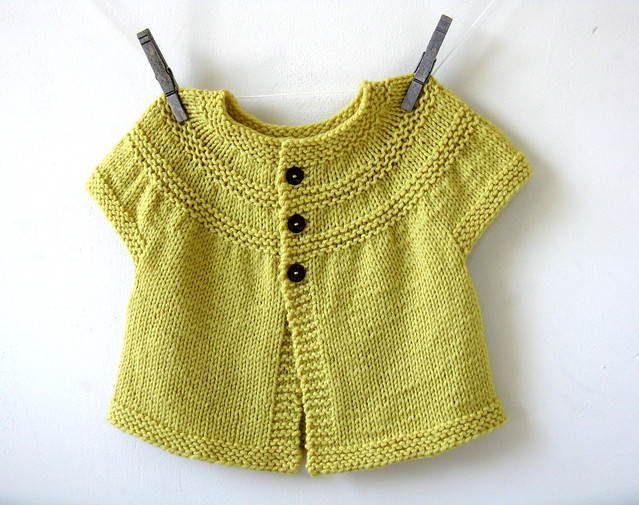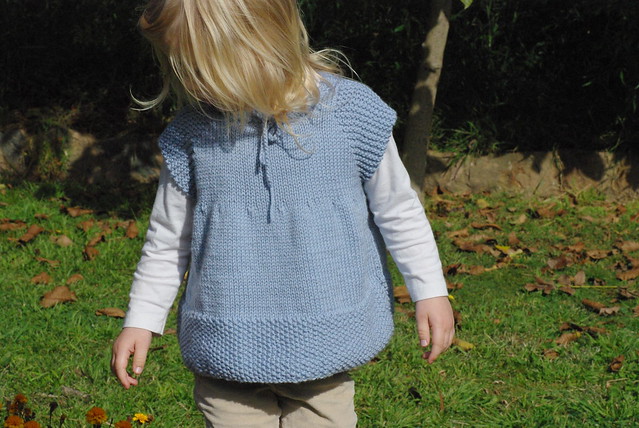"Hey Christina, I am drooling over all your wonderful knitting lately. You are doing such a great job. You made a post saying anyone can knit but when you use all this knitting 'speak' I have no idea what you are talking about. I would love to knit something, not just a square. Do you have any suggestions on an easy beginners project that will become something, like a hat or jumper/cardigan for my little ones?
Grace"
Grace"
Anyone can knit for sure, you just have to learn one step at a time. I'm not an expert, but this is how I have learnt. With each step you will master a bit of the knitting speak. Knitting abbreviations looked like a foreign language to me at first, but they are just a way to condense the information in a pattern. Now I understand a lot more and this knitting short hand doesn't look so strange. Most patterns have a list of Abbreviations at the start of the pattern, so you can refer back to them. Like -
K - knit
P - purl
Sl - slip
RS - right side
CO - cast on
sts - stitches
So if the pattern tells you to 'CO 20 sts', it wants you to cast on 20 stitches. If it says to 'K10, P10', it wants you to knit the first ten stitches and then purl the next ten stitches. You will quickly pick up the abbreviations and if you come across one you don't understand, like P2tog (purl 2 stitches together) then just look it up on you tube to see how it is done. Nearly all stitches are based on the good old knit or purl. You need only learn one new stitch at a time.
Asterisks and brackets can be confusing in knitting patterns. They are used to group stitches together that are to be repeated. For instance *K2, P2; repeat from * across, end K2. This means you need to knit the first two stitches, purl the next two stitches and then keep knitting two then purling two until the last two stitches, which you will knit. Brackets are usually used if you need to repeat a section a certain amount of times. For instance (K2, P2) 5 times.
Asterisks and brackets can be confusing in knitting patterns. They are used to group stitches together that are to be repeated. For instance *K2, P2; repeat from * across, end K2. This means you need to knit the first two stitches, purl the next two stitches and then keep knitting two then purling two until the last two stitches, which you will knit. Brackets are usually used if you need to repeat a section a certain amount of times. For instance (K2, P2) 5 times.
The first thing apart from squares and scarves that I made was a simple vest for Cohen. The pattern is no longer available though. I have however found some cute girls patterns that look like a great place to begin knitting something more than squares.
First things first, set yourself up a free Ravelry account. This way you can access to numerous patterns and keep track of your work, yarn, needles etc. And it's fun. :)
Pick a pattern, print it out and read through it. Patterns usually have a few sizes. Like small, medium and large. So they will say 'CO 50 (60, 70)'. If you are knitting the medium size, you always use the middle number. It helps to circle or highlight those numbers before you start. Buy your materials - use the same thickness yarn and needles they suggest. If it ends up a bit big kids will grow into it. If it ends up too small, put it away for the next baby. :)
Then cast on and start knitting until you get to a part you don't understand, then go back to you tube. Or knit until you make a mistake. This is a great way to learn. I was so scared of making mistakes at first! One way to help avoid mistakes was never to put my knitting down in the middle of a row, but to always get to the end. The next way was to keep a note book beside me to take notes of where I was up to in the pattern. If you need to knit a certain amount of rows, make a mark on your paper each time you finish the row. Don't think you will remember when you come back to it. Print out or photocopy your pattern and feel free to write on your pattern. If a stitch was confusing I would write it out on my pattern step by step.
Count your stitches at the end of each row while you are learning. If you drop a stitch you will know before you have gone on too far and you can pick it up again. If you make a mistake you can go backwards and un-knit. That was one of the best things I learnt, how to go backwards without having to unravel everything.
Count your stitches at the end of each row while you are learning. If you drop a stitch you will know before you have gone on too far and you can pick it up again. If you make a mistake you can go backwards and un-knit. That was one of the best things I learnt, how to go backwards without having to unravel everything.
Anyone can knit! Just take one step at a time. It takes patience and practice.
Your knitting doesn't have to be perfect. It will improve with time and you will have beautiful, handmade pieces that you will want to keep forever.
-
Any other tips you more experienced knitters would care to share with beginners keen to learn?
Any patterns you would suggest?
-
Anyone can knit Part I
Your knitting doesn't have to be perfect. It will improve with time and you will have beautiful, handmade pieces that you will want to keep forever.
-
Any other tips you more experienced knitters would care to share with beginners keen to learn?
Any patterns you would suggest?
-
Anyone can knit Part I



